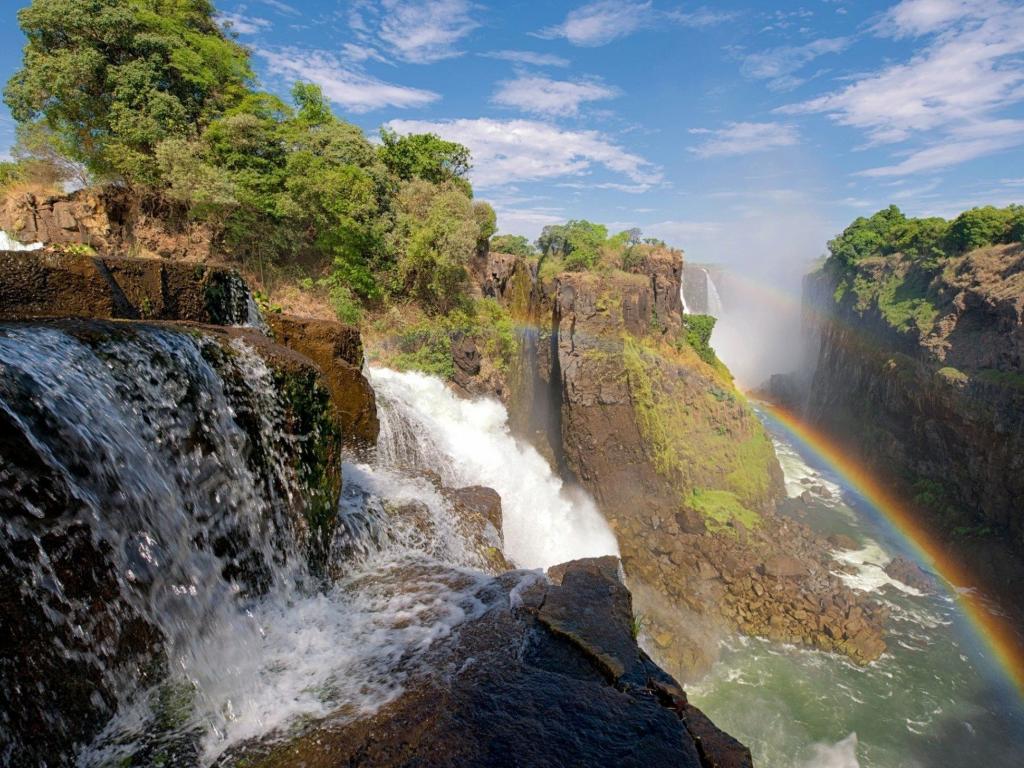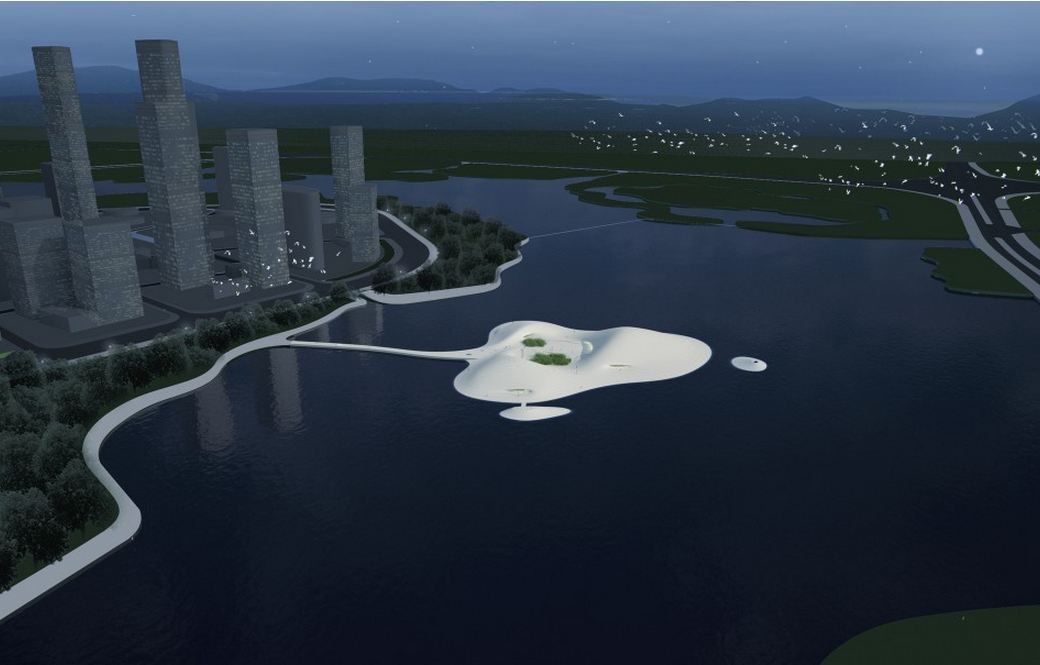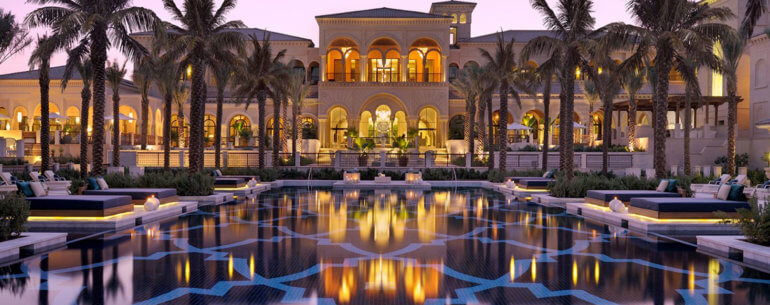Global tourism development has endured shifts and changes with the progress of time. Annually, international summits and conventions are held on the topic of ‘sustainable tourism’, based on the fact that the environment of a country is a key pillar of its attractions. Environmental projects have been a routine element for marine life conservation in snorkelling spots of Oceania, for protection of endangered species in Africa, and for the restoration of world heritage sites in the Middle East. Depletion of the environment comes in naturally and then efforts need to be initiated to counter those depletion effects coming in from human settlement.
The environment is not the only concern which needs to be sustained for tourism. Other features include heritage, culture and the community. With the advent of urban development and commercialization spreading over certain areas, the impact left on tourism is negative. Shopping malls, resorts and hotels, clubs and restaurants, along with facilities for recreation and entertainment are not always the solution to invite tourism. Each destination needs to specialize in what it already has and then develop accordingly.

The tourism ministry of Zimbabwe intends to establish a Disneyland amusement park just alongside the stretch of Victoria Falls to its South, which has heralded criticism internationally for all the same reasons. The international tourist influx from all over Africa, as well as Europe, pays a visit to Zimbabwe’s wonder of the world in the quest of a natural refuge, which needs to preserve its beauty of massive valleys and jungles spread across the landscape. Thus, such a project would never serve the purpose.
Additionally, with all the commercial zones of malls, accommodations and hotels to be constructed, the entire region will become congested and will thus lose its natural aroma of peace and tranquillity. The expanse of construction alone would mean excavation and removal of a large area from natural biodiversity. The same amount of investment would be preferably utilized for basic tourism necessities and services which need attention in a developing country such as Zimbabwe.
Guest houses and lodges are smaller accommodations which serve the tourists settling in such natural areas, a trend which stays active across the savannahs and wilderness of Africa. These accommodations take up small areas and merge in with their surroundings without affecting much of the natural environment. As far as investment is concerned, it is true that urban expansion would add on to provide further opportunities while providing jobs and improved standard of living, but at the cost of an unsustainable tourism plan in the longer run. Destinations such as Victoria Falls are already naturally bestowed with attractions to pull in a market of international tourists. When it comes to raising a new destination on the global tourism map, there is a need to work upon developing attractions.

China has established autonomous areas like Hong Kong and Macau to make their own distinct brand for global recognition and is currently making a similar initiative for a new island to be named as Pingtan city. The island is off the eastern coasts between China and Taiwan and would serve as a transit point between the two countries. Pingtan is planned with designs of modern architecture in line with contemporary trends of bringing forward extraordinary and unique buildings. Its central landmark is the Pingtan Art Museum, which would be based on an artificial island of concrete caves and hills, thus depicting a treasured trove of numerous national artefacts. Such a step would progress Pingtan as an art destination in China, similar to prime European destinations like Paris and Rome.



Leave a Reply
You must be logged in to post a comment.